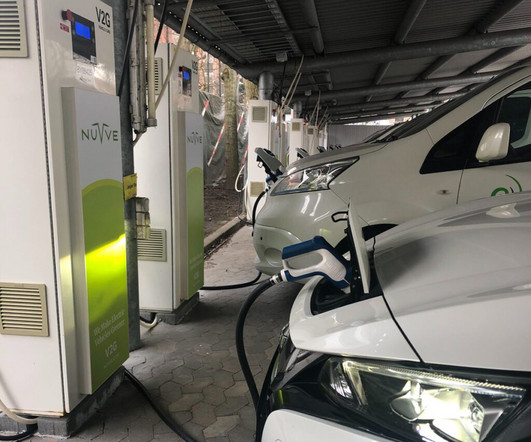Nissan to use mirror bore process on new 2.5L engine for Altima; highest volume application of technique
Green Car Congress
APRIL 26, 2019
Nissan’s Decherd assembly line is using a mirror bore process in the all-new 2019 Nissan Altima 2.5-liter At WCX SAE World Congress Experience this year in Detroit, Nissan presented a paper on the development of and technologies applied in the new 2.5L liter engine. (At engine for the Altima, including the mirror bore coating.).






































Let's personalize your content